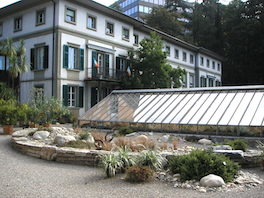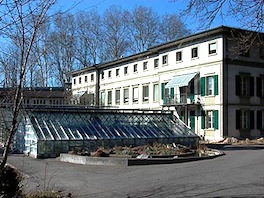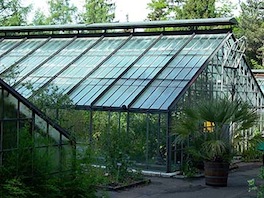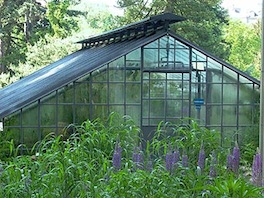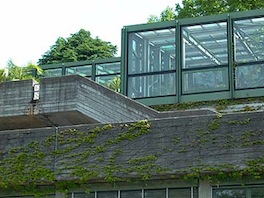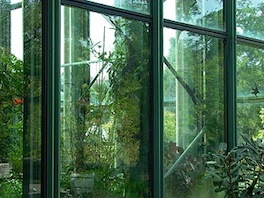Botanical Garden
Altenbergrain 21
With the botanical garden the university owns a complex that since the mid-nineteenth century has changed from its original scientific purpose as a botanical collection to become a public institution serving as a permanent fixture for the city and its population and one of the most popular parks in the city. Preserving the valuable buildings is accompanied by the not always easy task of adapting them to new scientific requirements. This provides a good reason to get to know the site!
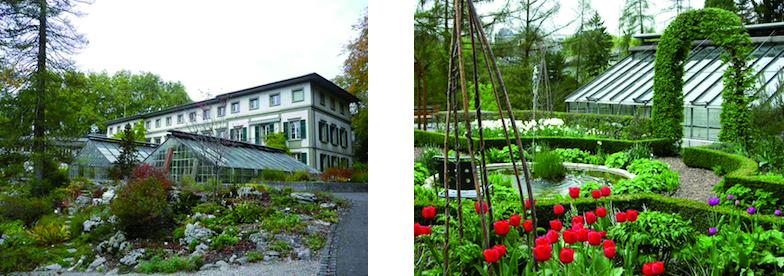
Several locations are mentioned in the prehistory of the botanical garden: Vannazhalde in 1789 and today's Kochergasse around 1800. The present site in Rabbental was created in the period around 1860 to 1862. This location was chosen because it had recently gained wind protection from the huge embankment of the first railroad bridge, the "Red Bridge". Even back then it appears that major infrastructure constructions created good conditions for rare and sensitive vegetations to thrive in the way they can today be found on highway embankments and brownfields.
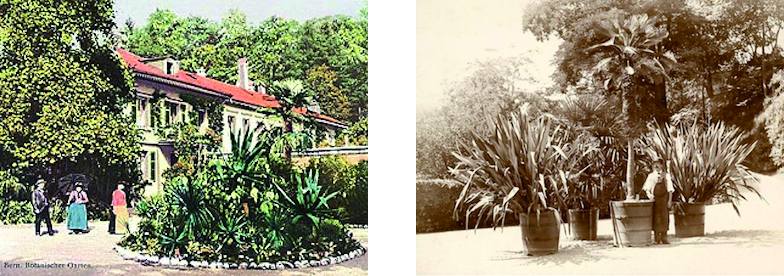
The situation was spatially reinterpreted between 1928 and 1930 with the construction of the Lorraine Bridge parallel to the Red Bridge. Thanks to the high sidewalls, the botanical garden was barely affected. However, in 1948 part of the supporting wall for the viaduct collapsed during the preparations for the new construction of today's Institute of Plant Sciences because the enormous structure was not sufficiently supported on the artificial subsoil. Fortunately it was possible to repair the damage.
The history of modern architecture is inseparably linked to the development of the construction materials steel and glass around the middle of the nineteenth century. Thanks to their specific requirements, greenhouses were among the first buildings on which these new materials and the applicable construction types could be tried out and which continue to enjoy widespread popularity to this day.
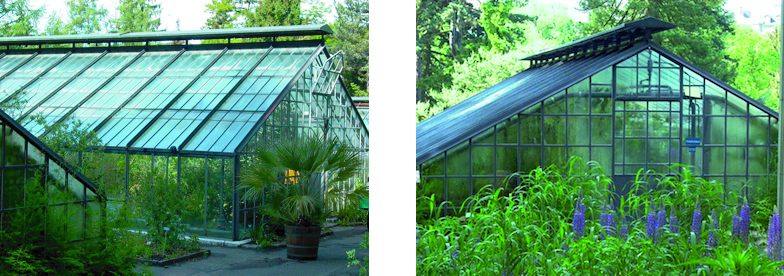
Against this historic background, the four greenhouses in front of the main building deserve particular attention. A site plan dating from around 1860 shows them as part of the original project of architects Dähler & Schultz who had won the architectural competition for the new botanical garden. Although the greenhouses were subjected to renovations and changes (installation of heating etc.), their appeal as graceful functional architecture remains unbroken.
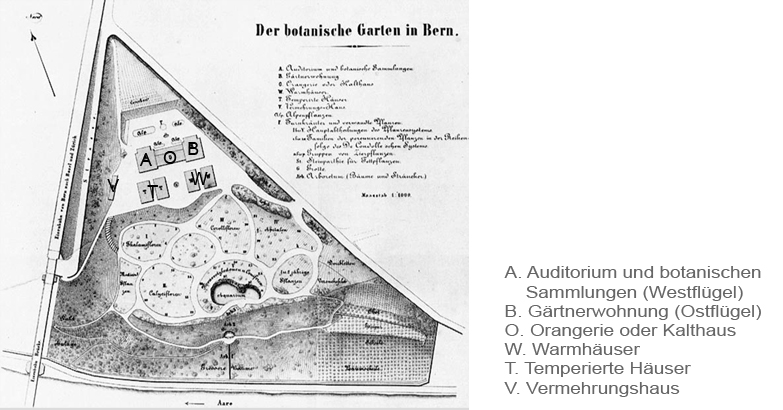
The original site designed under the leadership of cantonal architect Friedrich Salvisberg also includes the main building that once housed the auditorium, the botanical collections, the gardener's lodge and the orangery and cold house in the intermediate tract. The house was converted around 1905 and an additional floor added; the preserved iron casting balconies provide an impression of the original gracefulness of the architecture in the Laubsägeli Swiss house style.
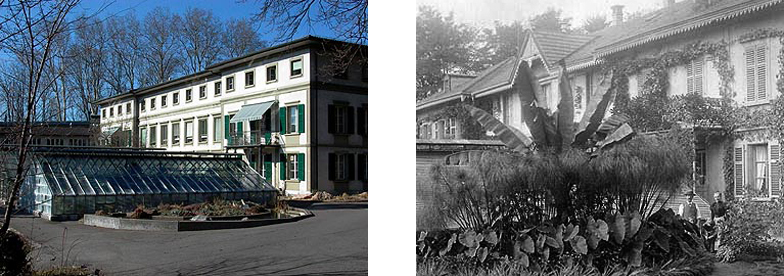
Of the circle of buildings dating from the late nineteenth century laid out in reverse around the main building, only the so-called Birlihus has survived: a plain exposed brick building of the sort typical in many places for industry and commerce around the turn of the century. A similar construction that probably replaced the orangery of the converted main building in 1905 and a palm house attractively finished with cast-iron embellishments were among the conversions and additions of the late nineteenth and early twentieth centuries. With the realization of the conservatories between 1969 and 1972 they became redundant.
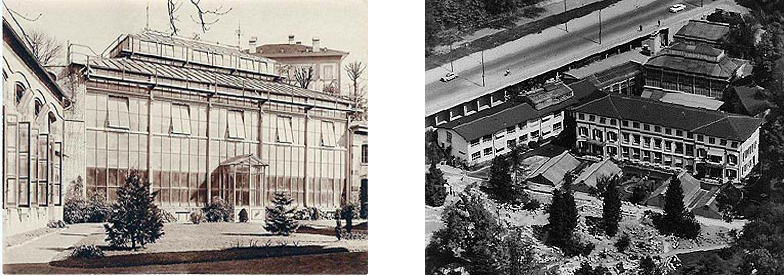
Between 1969 and 1972, architects Kissling & Kiener erected the new conservatories with the substructures of the propagators protruding deeply over the slopes of the Aare. A comparison with the four oldest greenhouses that have been preserved vividly illustrates the enormous progress achieved with similar materials by construction technology within a century. The concrete in the subtly stepped overall complex now proves its worth as a sculptural building material; glass is now processed in huge panels. The site that can be accessed at various levels with its intimate and exposed terraces and passages is not only appreciated by experts
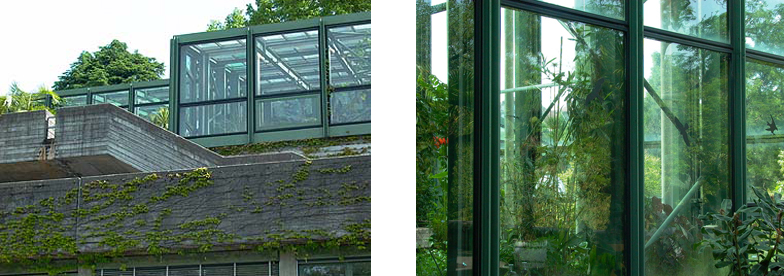
Literature:
The historical illustrations have been made available by kind permission of the botanical garden.

